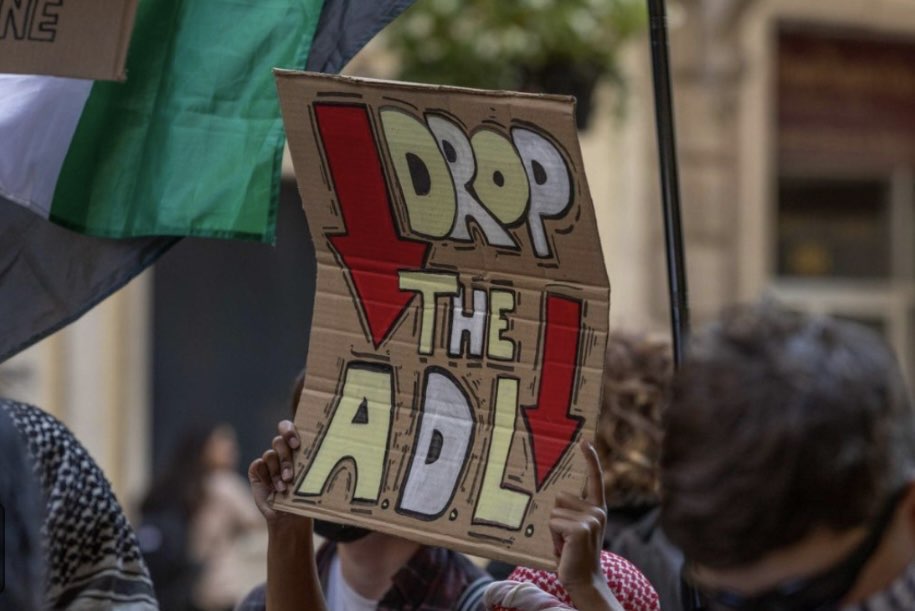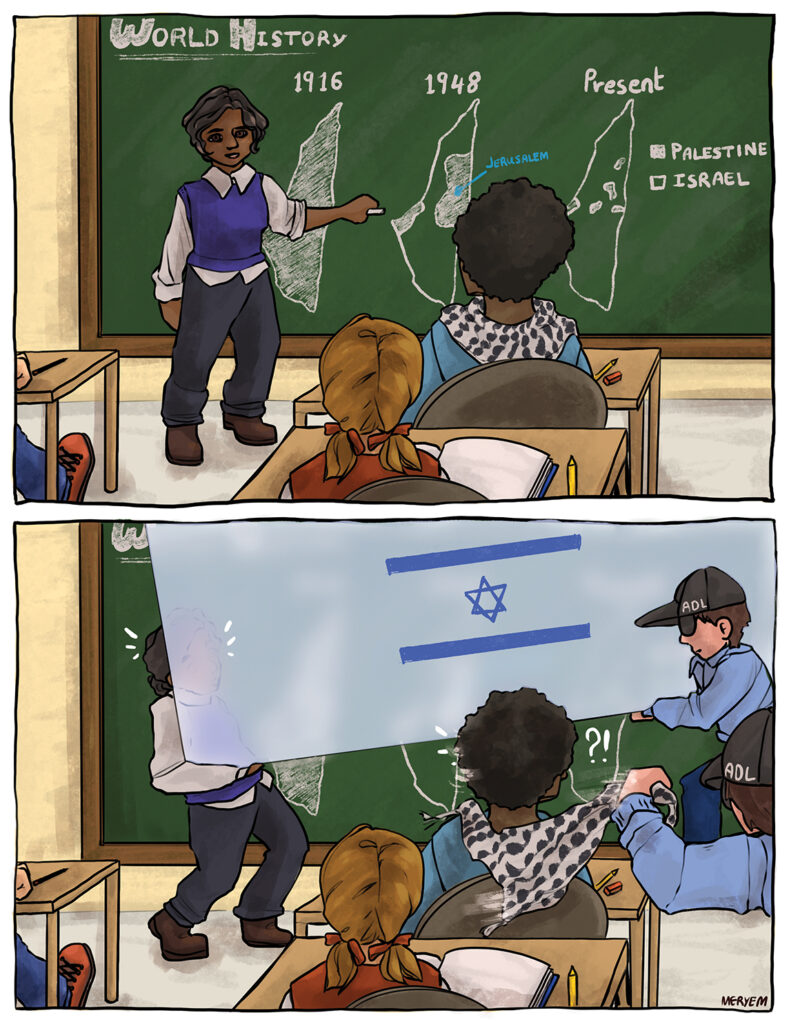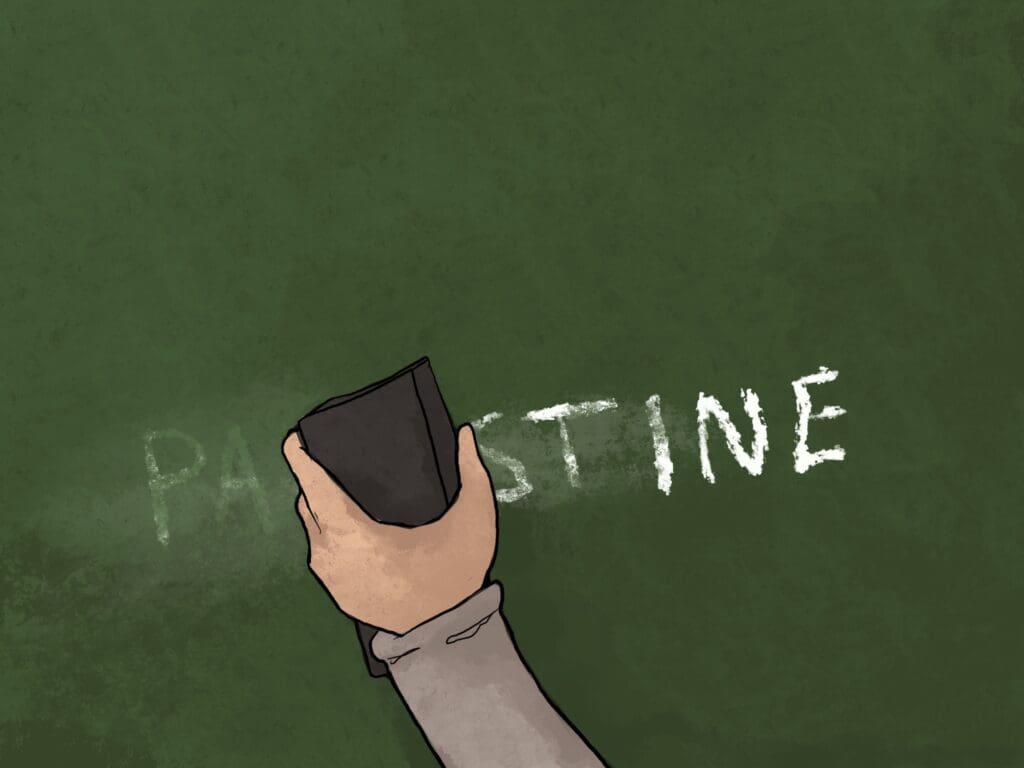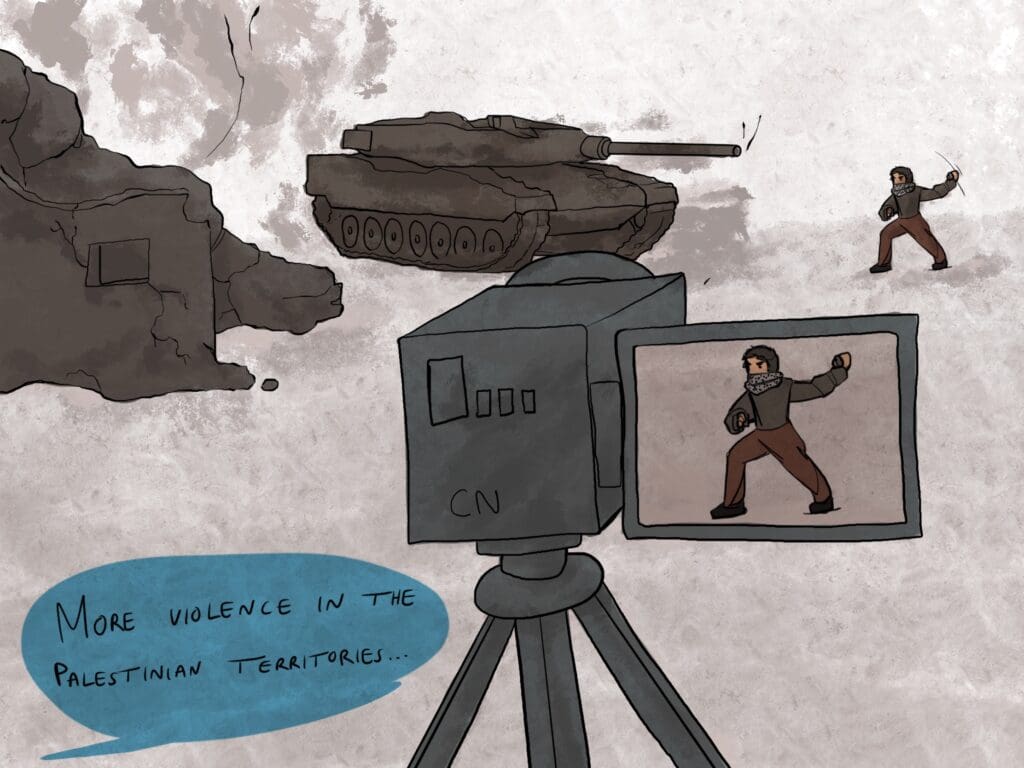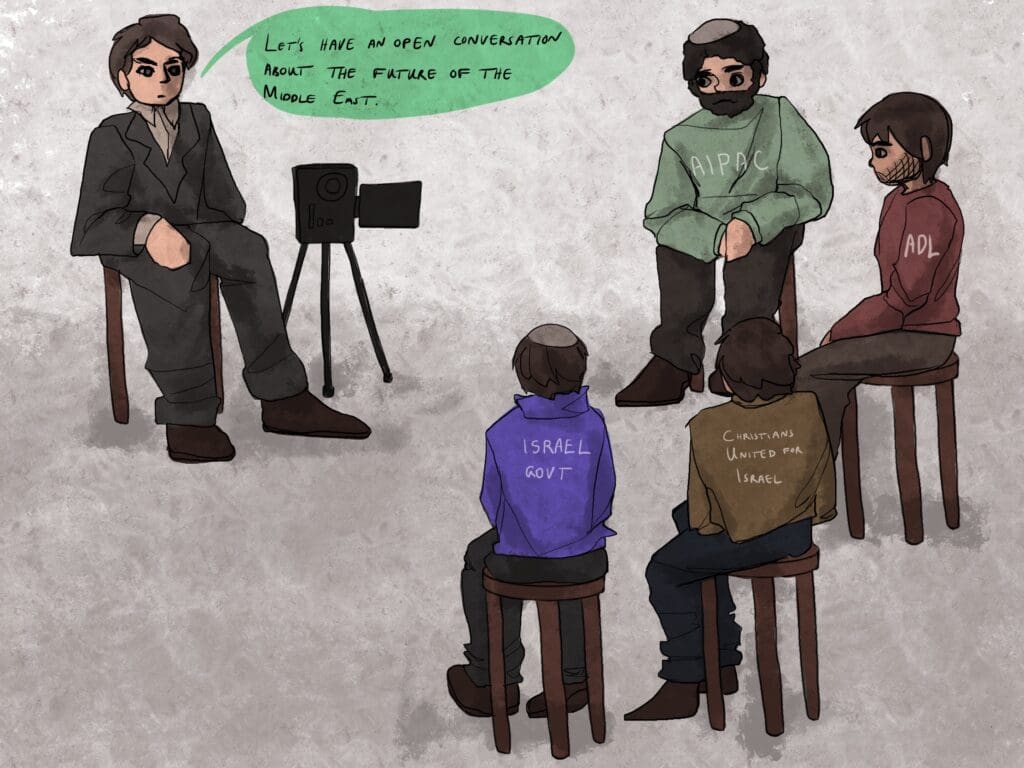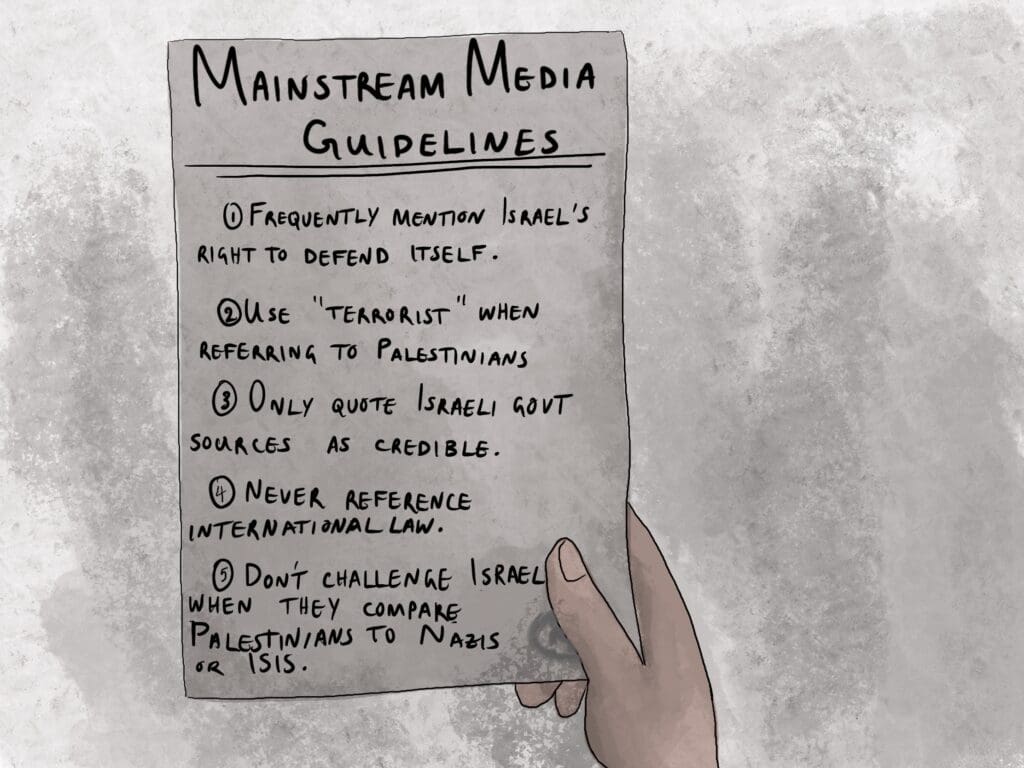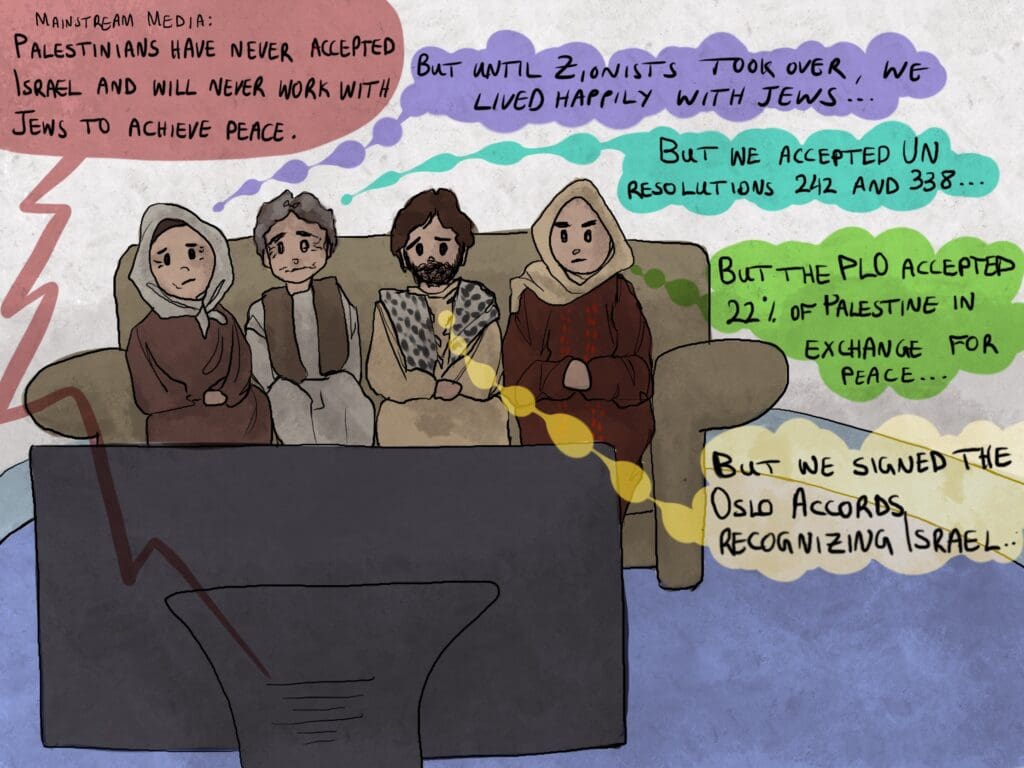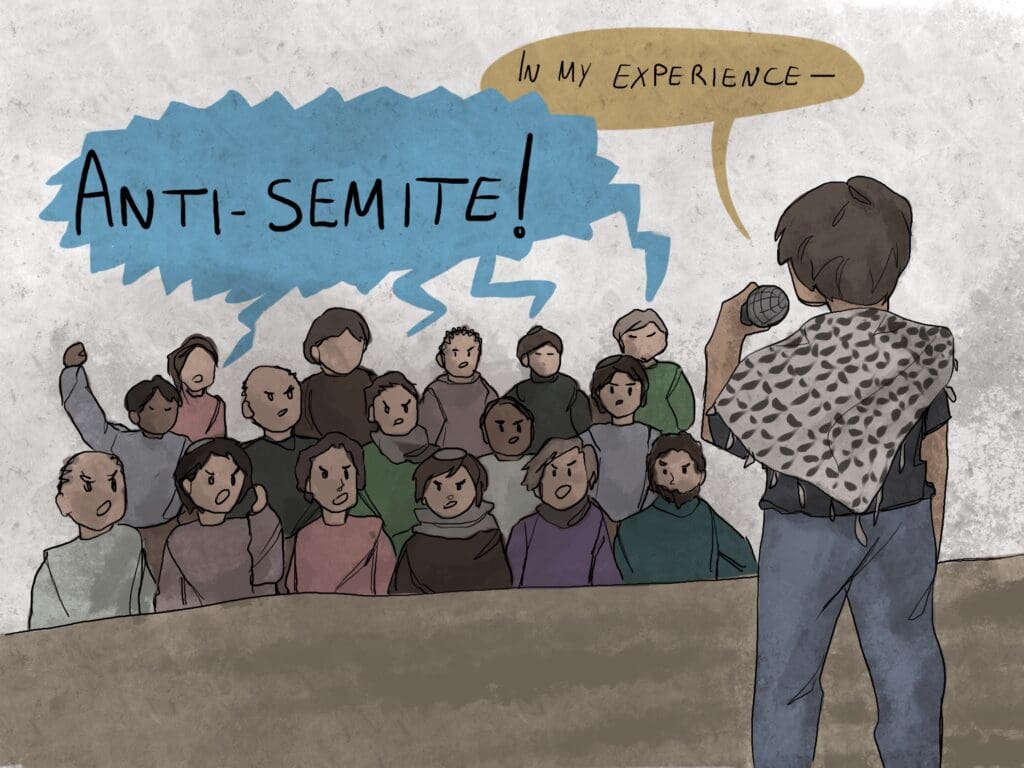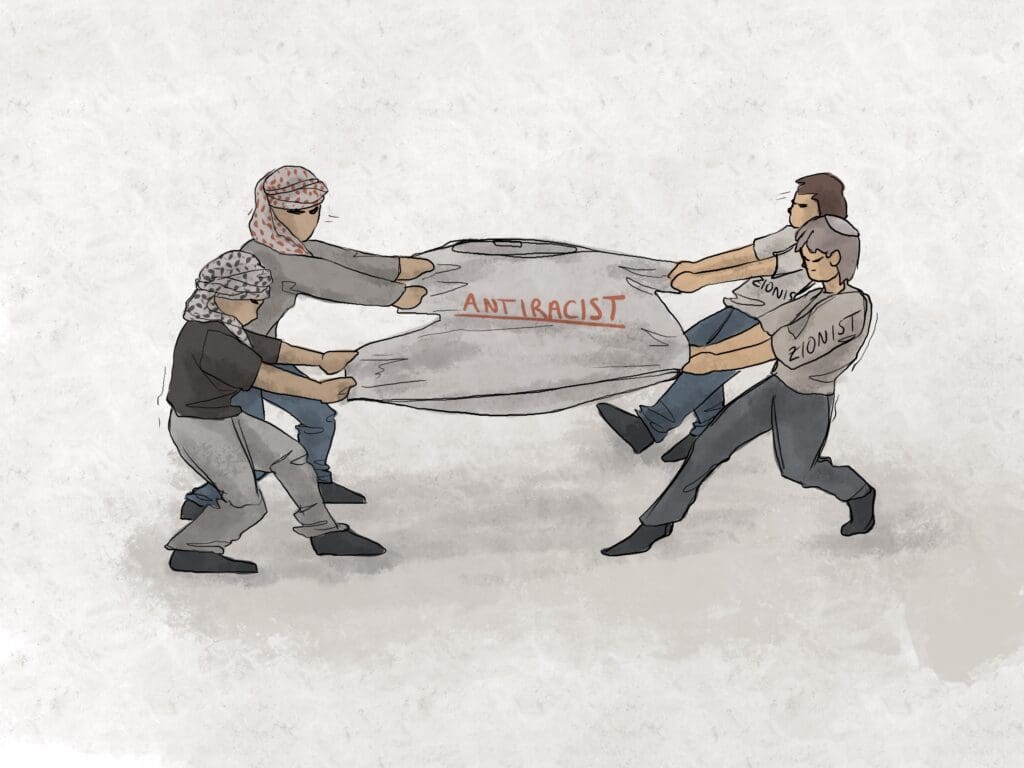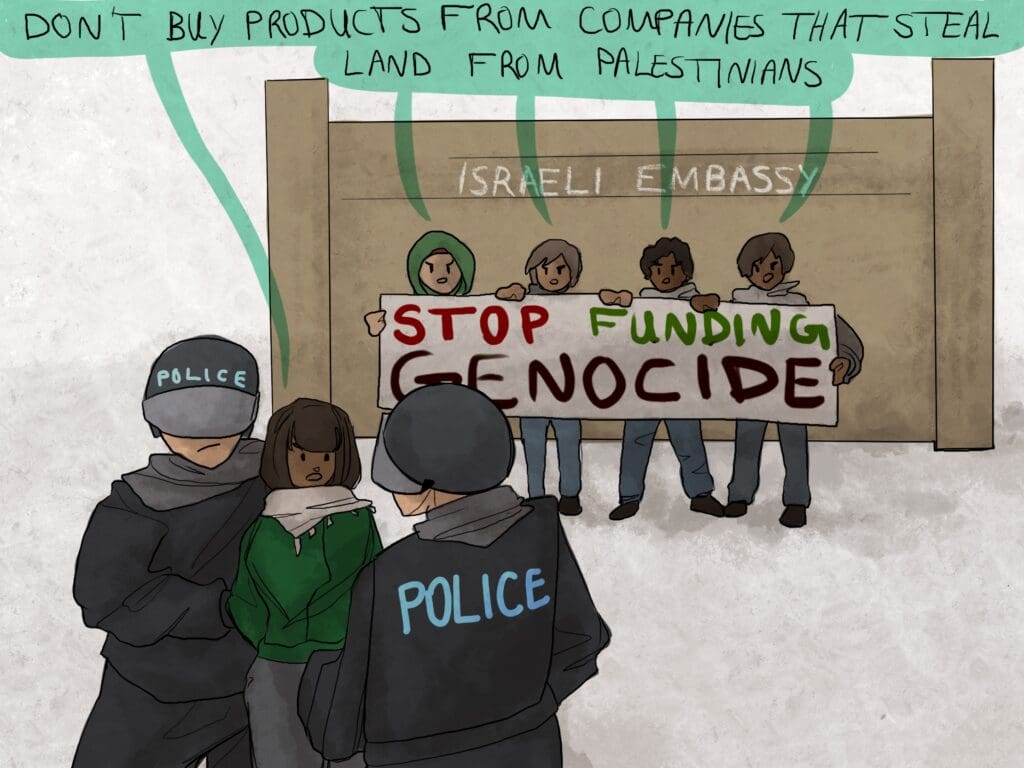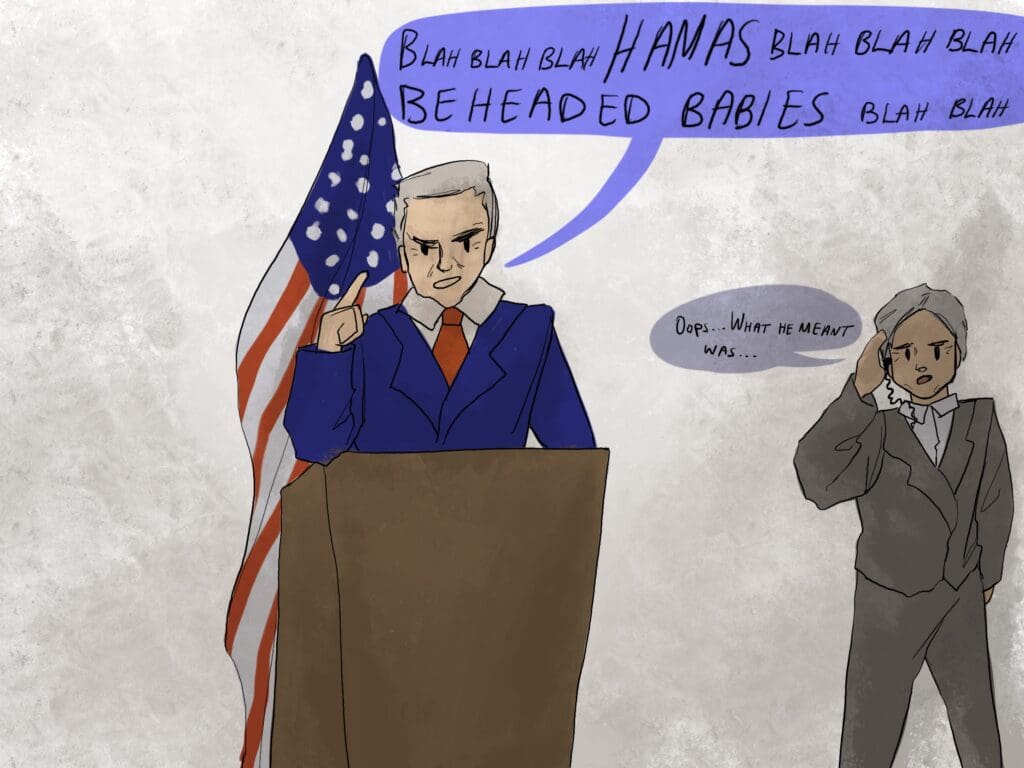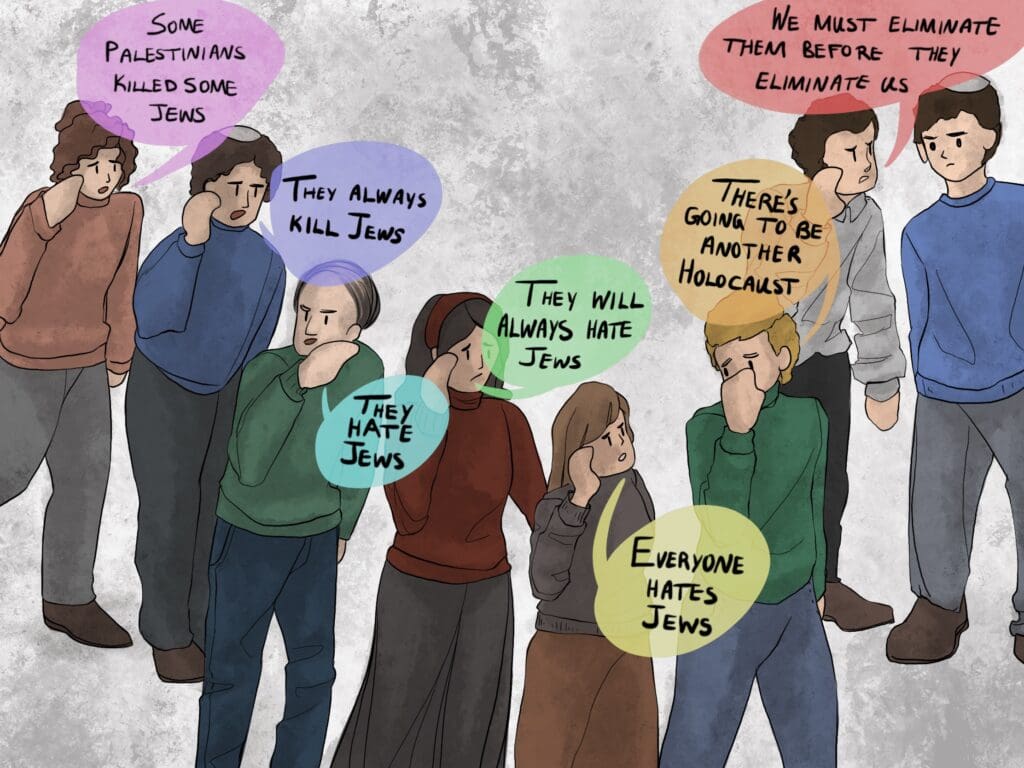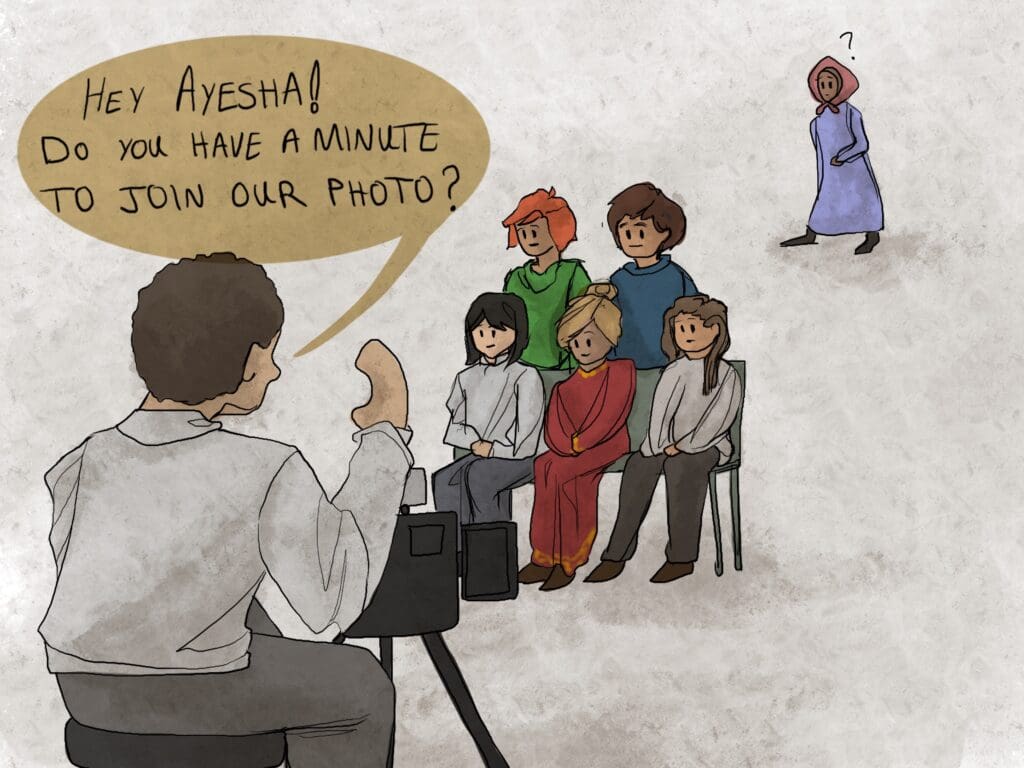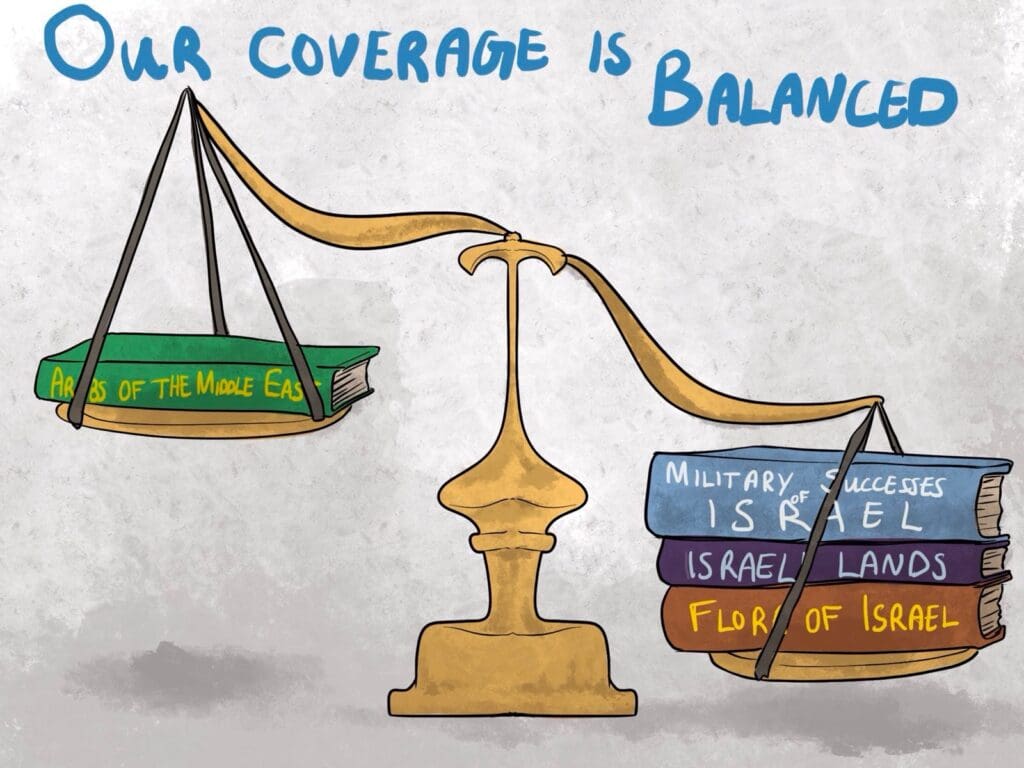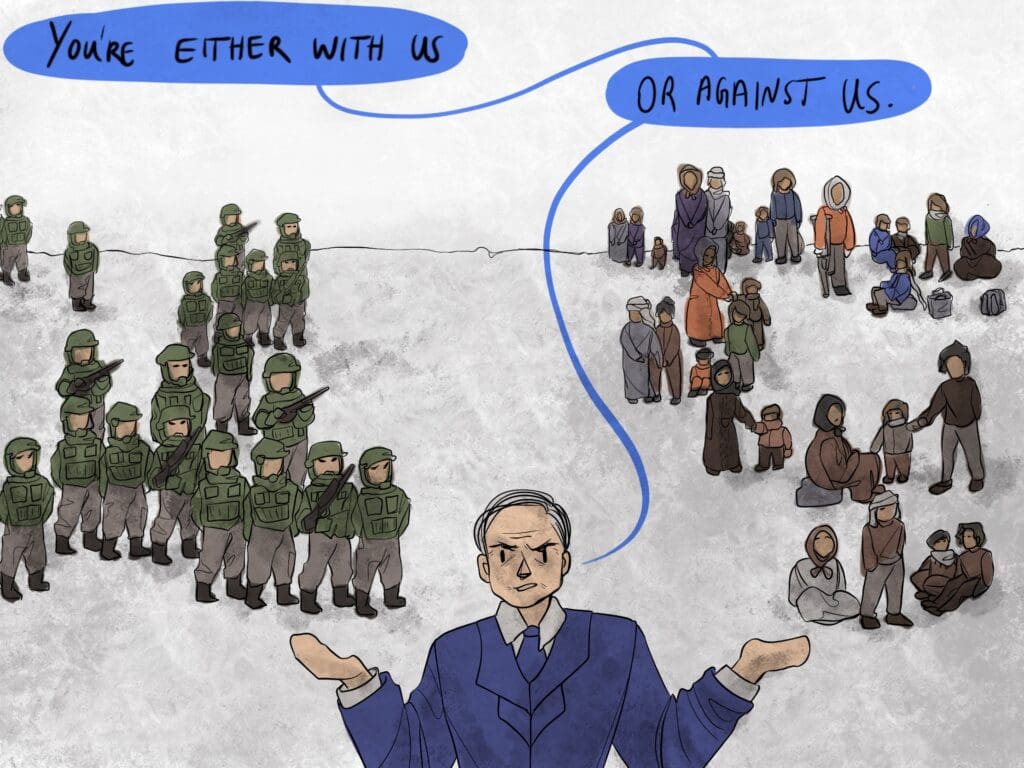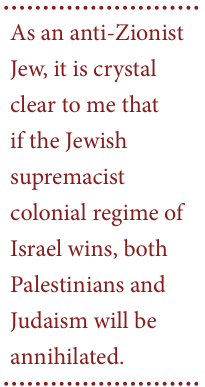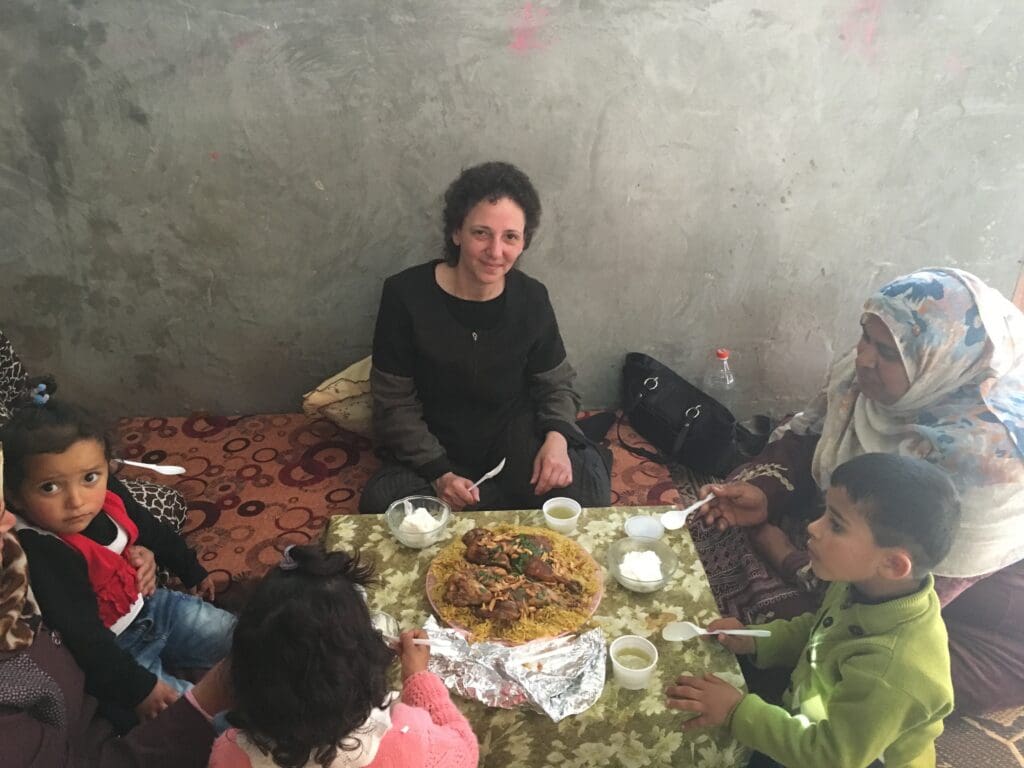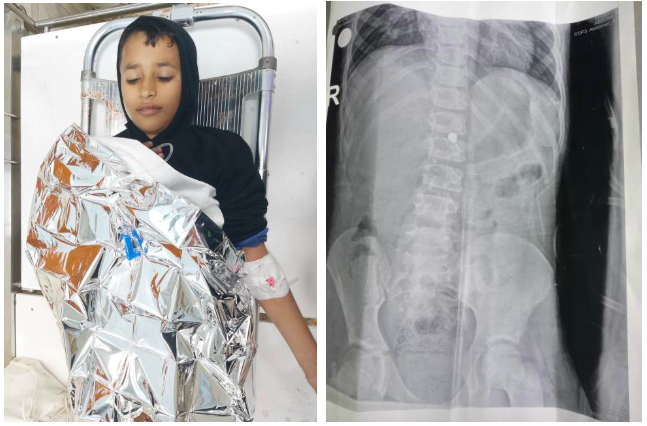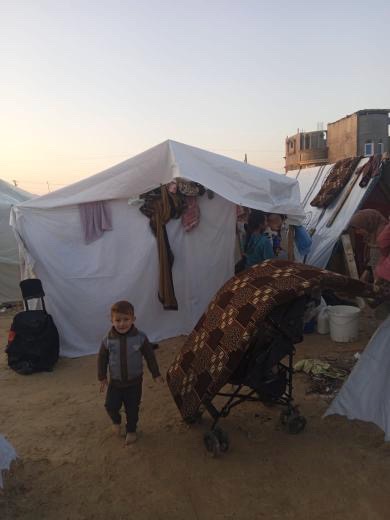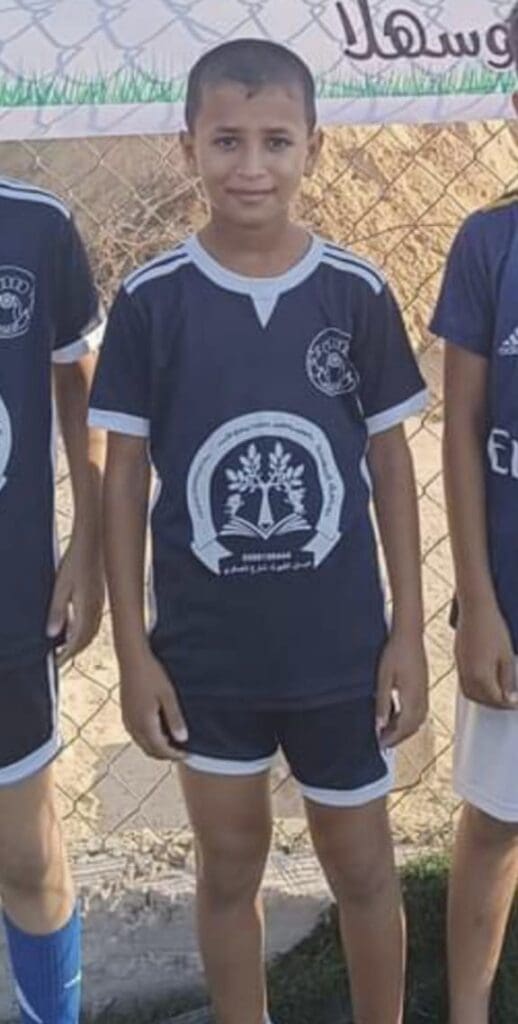This interview with me was originally published by The Specter of the Bund on May 30, 2025 and republished by Portside on June 5, 2025.
Since as far back as the 1980s, the Anti-Defamation League (ADL) has sponsored programs aimed at fighting discrimination in K-12 education. In recent years, however, the organization has narrowed its focus almost exclusively to antisemitism at the expense of other marginalized communities. In doing so, the ADL has created a coercive environment that encourages carceral solutions and monetary donations as a fix for systemic issues. Since the start of Israel’s genocide against Palestinians in 2023, the ADL’s illiberal leanings have been put on full display as it voiced support for the detainment of Mahmoud Khalil, dismissed Elon Musk’s Nazi salute, and done everything in its power to silence criticism of the state of Israel by labeling pro-Palestinian language and activism as “antisemitism” in its public advocacy and statistics, putting the self-proclaimed “anti-hate” organization in alignment with the likes of the Trump administration and Heritage Foundation.
Der Spekter editors spoke to Nora Lester Murad, a member of the core organizing team of the #DropTheADL movement, about what educators are facing in their schools and what needs to be done to replace the ADL’s programs with truly progressive, anti-racist solutions.
This interview has been edited for clarity.
Mark Misoshnik, Der Spekter editor: Please tell us about yourself and then more about this movement that you’re a part of.
Nora Lester Murad: I’m originally from California. I live now in Massachusetts, and I’m Jewish. I married a Palestinian Muslim, and we raised three daughters in the West Bank. I’ve been involved with social justice work since my parents dragged me to demonstrations in a car seat, and I come from the same stock that you folks come from: both the villages around Kyiv as well as the Brooklyn left. I’m committed to social justice issues and particularly have been involved in this one even before I got married, which was 40 years ago. So it’s been a real, real long time. I think I’ve always been an anti-Zionist. My parents were anti-racist, so they were basically anti-Zionists.
Obviously the last 18–19 months have been particularly difficult for anyone who is either Jewish or Palestinian for different reasons. And it was during the genocide that the “Drop the ADL From Schools” campaign was birthed and then launched. Around 2020 there was [also] an effort to drop the ADL, which still exists at droptheadl.org, and it focused on helping progressive organizations understand that the ADL is not an ally to progressive groups. There’s also a long history of surveilling and attacking social movements of communities of color, even while they allied with some more conservative and integrationist civil rights organizations when necessary, contributing to the ADL’s undeserved reputation as a civil rights organization over the last several decades.
The 2020 effort to drop the ADL has resulted in over 300 organizations signing on to an open letter saying the ADL is not an ally. Those organizers were being contacted by educators asking for more education-specific materials, talking points, strategies, etc., and so they reached out to several of us who’d also been asking, saying, “Yeah, why don’t you pull some materials together and we’ll throw them up on our site?” But when this group of educators across the country began to meet around a year ago, they didn’t just want materials that focused on schools. They wanted a proper campaign. They wanted the ADL out of schools. And the reasons are not exactly the same as the reasons that progressives would want the ADL out. And that’s important. For example, the Drop the ADL folks say the ADL works with police. And progressives go, “Oh, my God, that’s horrible.” But schools don’t. They go, “Yeah, we work with the police too. That’s one reason why we like the ADL.” So if you’re going to talk to schools, whether it’s educators, parents, students, principals, superintendents, [or] school boards, you have to have an argument that is not just about progressive values. You have to have a pedagogical and education-specific argument. And so we developed that argument, the messaging, advocacy materials, and our own open letter, which is an open letter to educators [saying] the ADL is not a social justice partner. That is the language that schools use: they frequently refer to the ADL as a social justice partner. And we’re saying, “No, they’re not.”
Alex Lantsberg, Der Spekter editor: Have you ever described the ADL as a supremacist organization?
Nora: No, though I do think of farther-right organizations, like CAMERA (The Committee for Accuracy in Middle East Reporting and Analysis) and ICAN (Israeli American Civic Action Network) as supremacist organizations. There are some others, but I don’t quite put the ADL in that category, not because they’re not horrible, but because they’re maybe smarter. I always talk about an ecosystem of organizations, and the ADL is the famous one: the AIPAC of the educational ecosystem. The whole ecosystem is problematic, but it doesn’t mean that they’re all exactly the same. They play slightly different roles. One will step forward when others step back; another steps forward, and another steps back. So they’re all part of the same dance.
I think they do actually end up supporting the same agenda, but there are important reasons why I would not put them in the same bucket. One is because CAMERA’s tactics are very predatory and aggressive. CAMERA will come up to you at a demonstration…and scream, “Rapist, rapist, rapist!” for 10 minutes. The ADL doesn’t do that. Why it’s important to distinguish is that it’s easy for people to either say, “Oh, the ADL are the good guys. So we don’t want CAMERA; we want the ADL because they’re the good guys,” or just to completely overlook [the ADL] and excuse them because they’re not the worst of the worst. So when we talk about it, we talk about the ecosystem. And I think labeling them a supremacist organization doesn’t add any value because it’s very easy for them to defend against it.
Charles Jacobs, the founder of the Boston chapter of CAMERA, continuously yells “Rapist!” and other insults at a Newton library. Video courtesy of Nora Lester Murad.
As we were pulling all these materials together and the messaging and thinking it through — and it’s not a completely finished project; it’s like a strategy that’s emerging in response to information we get about what’s working and what’s not — the magazine Rethinking Schools heard about us and asked for an exposé of the ADL. Rethinking Schools is the preeminent social justice magazine for K-12 teachers, and it was a huge honor to be asked to do that work. They published it in their Fall issue, around October 1, 2024, and that was our launch.
We launched the article, we launched our open letter, and now we’ve launched all of our advocacy materials. And we have over 90 organizational signatories and 500 or 1,000 individual signatories. We have a core group that’s kind of a leadership team. Most of the educators in that group cannot be publicly identified as working with us because they are working educators, and their jobs would be at risk, or because they’ve already been attacked by the ADL. And then we have an accountability group, which could be a bit more active, if you ask me. But there are about 20-25 people who were involved with the development of materials and are in an ongoing way informed about what we’re doing and asked to be critical and hold us accountable to our principles and to our mission.
And then we have an educators’ chat for educators around the country who are working on these issues. There are some parents in that group who are also working on the ADL, and another piece I think that is important is that we’re really trying hard to get mainstream media coverage of not only the ADL but also the issues that concern us, like attacks and smears against teachers, lawfare, etc., [as well as] the conflation of support for Palestinians with antisemitism. When an activist goes to a principal and says, “We want to get rid of the ADL,” and the principal Googles it, they are going to get 50 pages of the ADL talking about themselves. But we also want there to be some critical materials in credible, reputable, mainstream places so that the principal feels [that] maybe there are some legitimate questions about the ADL.
Mark: What can you tell us about the people that are supporting this movement? For example, teachers, union members? Are there multiple chapters? Are there locals, or is it just a national thing?
Nora: It’s just a national thing, and it’s really an umbrella. We don’t instigate anything on the ground. The ADL turns up in different schools and different districts in really different ways, so each person who comes forward needs to figure out what the ADL is doing that concerns them and also what they can do about it given their own positionality. If they’re high school students, they have different constraints and different opportunities than if they are educators; parents also have different constraints and opportunities. So we’re interested in organizing all those groups. We don’t organize them, but they organize themselves and tend to reach out and connect with us, either for materials or advice or to tell us what they’re doing. And we have heard some great success stories just with people coming forward and saying, “Hey, we got the ADL out of our school.” And we’re like, “That’s amazing. How did you do that?”
[We work with] educators, parents, students, and then the last group are educators who are wearing their union hats. That’s important for three reasons. One is [that] attacks and smears on teachers can happen for their protest activities as individuals, and they need support from their unions. It can also happen for the protest activities of the unions themselves, and we’re finding that unions are getting attacked as unions. Particularly right now, [the] Massachusetts Teachers Association and United Teachers of Los Angeles (UTLA) are targets of right-wing groups — both Zionist groups and union-bashing groups — whose messaging and efforts are converging in at least those two places and some others. And thirdly, and this is something I want to really emphasize: teachers and educators are getting in trouble, not only for protesting the genocide. They’re getting in trouble for teaching [about the genocide], literally doing their job.
